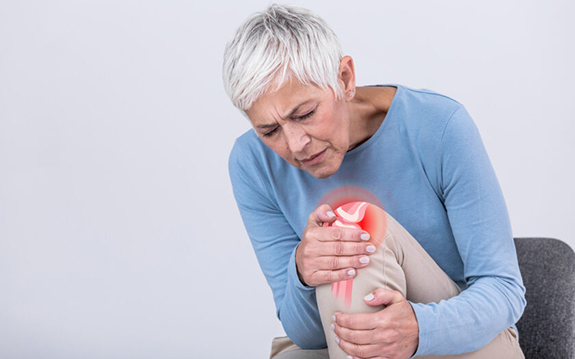Are you suffering from hip and knee pain? You’re not alone. Hip and knee pain are common complaints affecting millions of people worldwide. Whether it’s due to injury, overuse, or age-related wear and tear, hip and knee pain can significantly impact your daily activities and quality of life.
But there is good news – physiotherapy can help alleviate your hip and knee pain and get you back to doing the things you love. At Scona Sports & Physiotherapy, our experienced team offers hip and knee pain physiotherapy in Edmonton to help you relieve pain. We understand that every person and injury is unique, which is why we provide tailored treatment plans to address your specific needs.
Common Causes of Hip & Knee Pain
There are many potential causes of hip and knee pain, including:
- Osteoarthritis: This degenerative joint disease can cause pain, stiffness, and inflammation in the hips and knees.
- Bursitis: Inflammation of the bursae (small fluid-filled sacs) around the joints.
- Tendinitis: Inflammation or irritation of a tendon in the hip or knee.
- Meniscal tears: A common knee injury where the cartilage between the bones is torn.
- Ligament injuries: Sprains or tears in the ligaments that support the hip and knee joints.
- Fractures: Broken bones in the hips or knees due to trauma or osteoporosis.

How knee pain physiotherapy in Edmonton Can Help
Physiotherapy is a non-invasive, drug-free approach to treating hip and knee pain. When applying knee pain physiotherapy, our therapists use a variety of techniques to help reduce pain, improve mobility, and promote healing. These may include:
- Manual therapy: Hands-on techniques such as massage, joint mobilization, and stretching can help relax muscles, reduce pain, and improve joint mobility.
- Exercise therapy: Specific exercises can help strengthen the muscles around the hip and knee joints, improving stability and reducing pain.
- Modalities: These may include heat or ice therapy, ultrasound, or electrical stimulation to help reduce pain and inflammation.
- Education: Our physiotherapists will provide you with information on how to manage your condition at home, such as proper posture and body mechanics to prevent further injury.
Why Choose Us for Knee Pain Physiotherapy in Edmonton?
At our physiotherapy clinic, we have a team of experienced and highly trained professionals who are dedicated to helping you find relief from your hip and knee pain. We understand that each person’s condition is unique, so we tailor our treatment plans to meet your individual needs. Our goal is to not only alleviate your symptoms but also address the underlying cause of your pain for long-term relief.
We also prioritize patient education and empowerment, providing you with the knowledge and tools necessary to manage your condition independently outside of therapy sessions.
Furthermore, we stay up-to-date with the latest research and techniques in physiotherapy to ensure that you receive the most effective and evidence-based treatment.
provide you with information on how to manage your condition at home, such as proper posture and body mechanics to prevent further injury.
When to Seek Treatment
If you are experiencing hip or knee pain that is affecting your daily activities, it may be time to seek physiotherapy treatment. Our team can assess your condition and develop a personalized plan for hip and knee pain physiotherapy in Edmonton to help you get back to pain-free movement.
